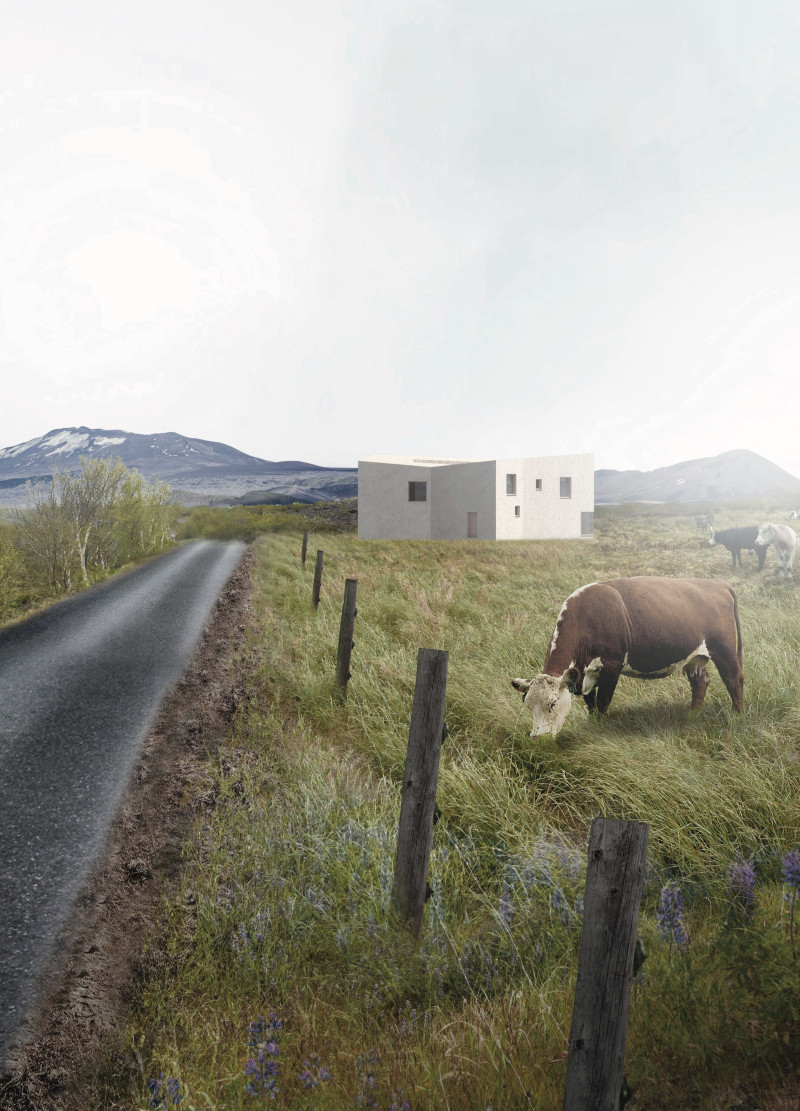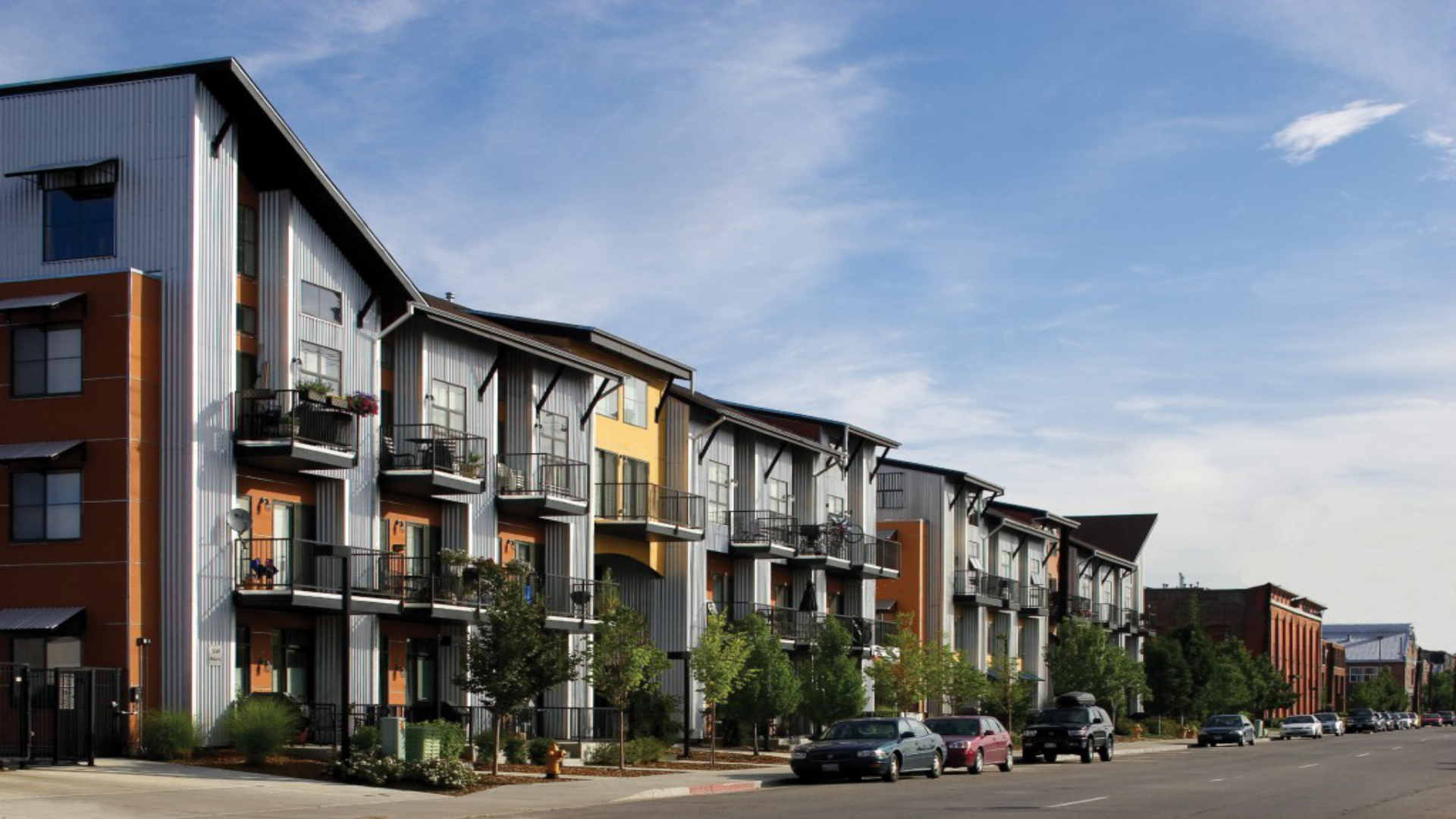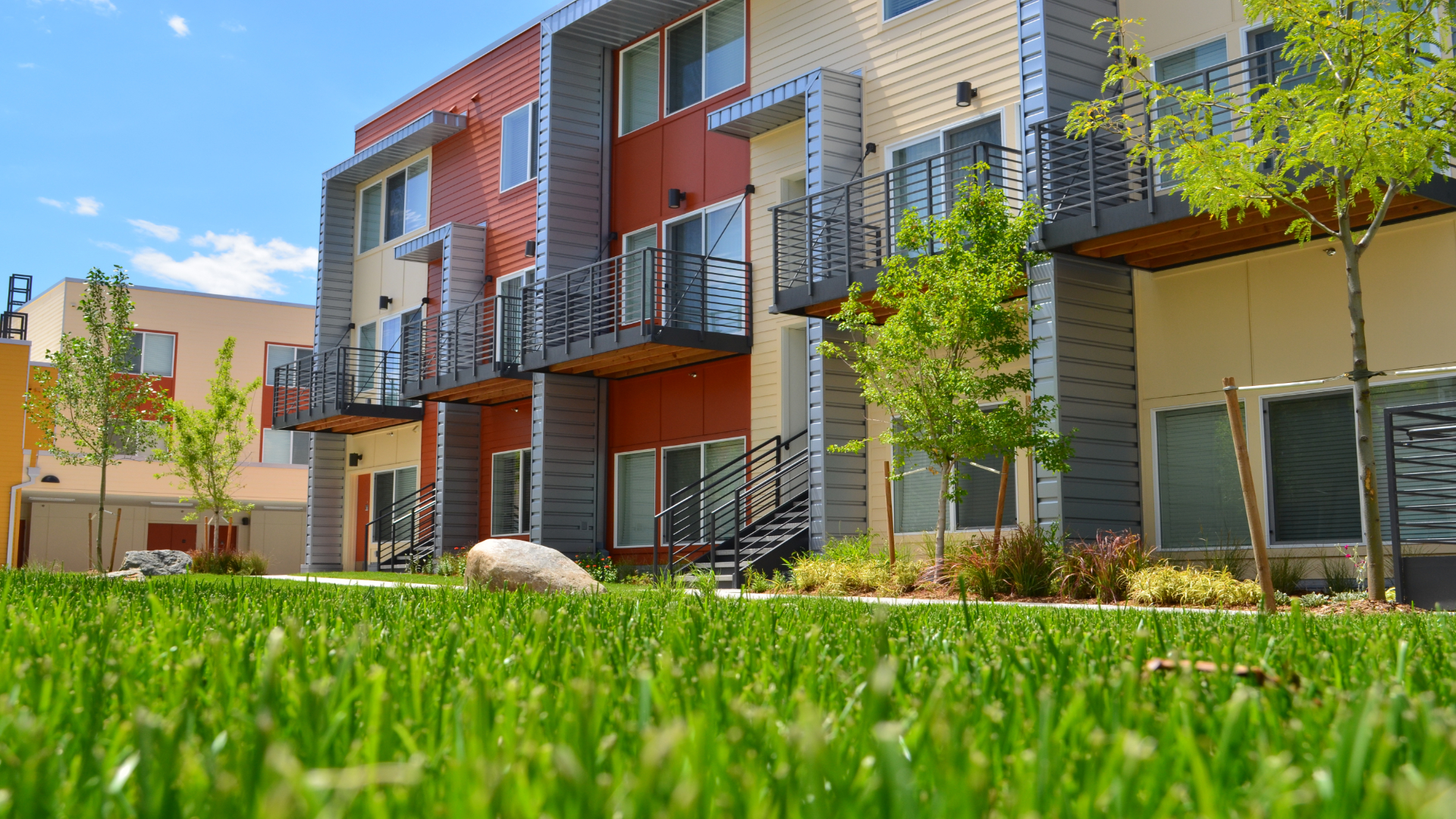5 key facts about this project
The Iceland Thermal Springs Guest House is located between Hverfjall Volcano and Myvatn Lake, presenting an opportunity for visitors to connect with Iceland’s unique natural environment. Designed to function as a retreat, it emphasizes both communal spaces and quiet areas for relaxation. Its shape resembles a piece of the local basalt rock formations, establishing a visual link with the dramatic landscape around it.
Conceptual Framework
The overall design focuses on blending with nature. The building's form mirrors the characteristics of the basaltic rock that is common in the region. A circular entry area greets visitors, leading them toward various communal facilities, including a music space, a kitchen, and a living room. These areas are intended to bring people together while allowing them to enjoy the views of the outdoors.
Spatial Organization
The layout has been carefully planned to create a balance between shared and private spaces. Rooms are located to frame unique views, offering guests the chance to appreciate the surrounding landscape from the comfort of their accommodation. Large windows invite natural light into the living areas, enhancing the overall ambiance and making the interiors feel more connected to the outside world.
Materiality and Sustainability
Concrete with basaltic rock aggregates is a key material choice. This not only connects the building to its geological context but also promotes durability. Basaltic fibers are used as reinforcement, improving the overall strength of the structure while providing thermal and sound insulation. These materials contribute to the building’s lower energy use and reduced environmental impact, aligning with modern sustainable practices.
Design Detail
An enclosed patio features a pool excavated from the mass of the building, resembling a rock shaped by water over time. This element invites guests to relax while reflecting on the natural beauty surrounding them. Here, architecture meets the landscape in a way that highlights the relationship between the built environment and nature, creating a tranquil space for contemplation.























































